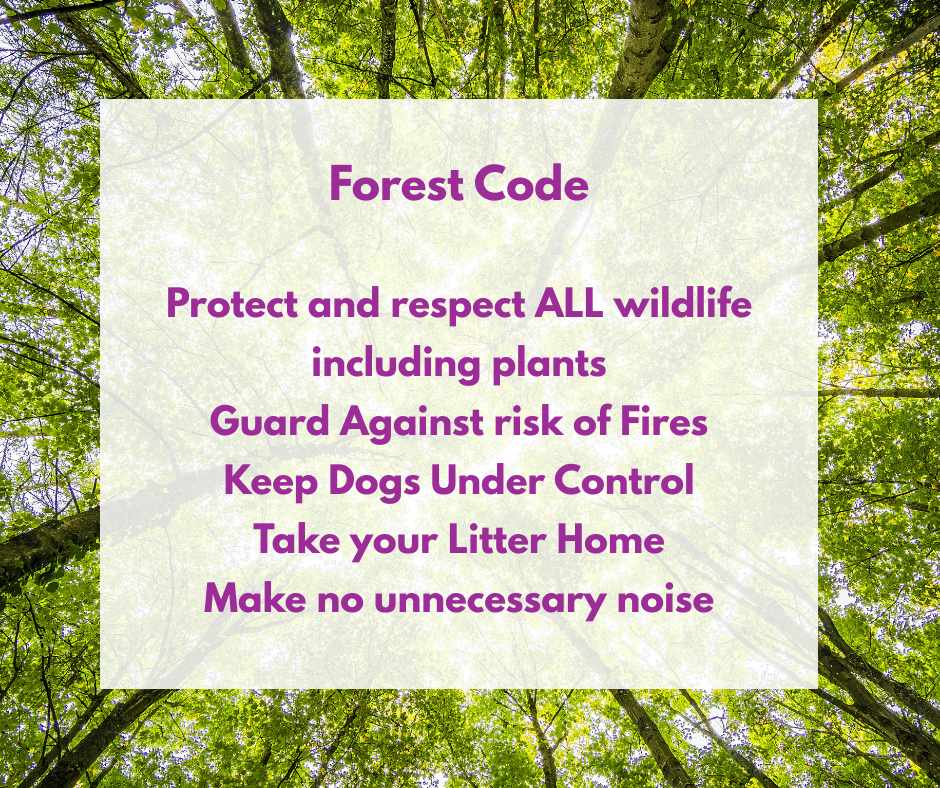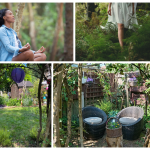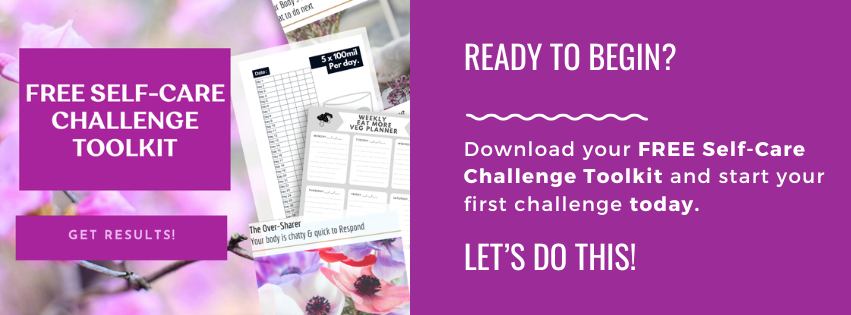A Personal Note
As far back as I can remember, the moment I stepped inside a wood, forest, or even a small spinney, I immediately noticed a shift — both in my surroundings and within myself. The tall, cathedral-like acoustics, the soft feel underfoot, and that earthy, grounding scent all seem to whisper, slow down, you’re safe here.
My breathing naturally becomes deeper, and for me, there’s always a feeling of profound inner peace. This challenge is about mindfully harnessing that experience — learning how to use your local wood or forest as a natural way to recharge, refresh, and reset.
There are so many different self-care practices that help with stress, and I’ve tried many of them. But forest bathing remains a favourite because it’s simple, deeply restorative, and reconnects you with something far bigger than stress. And if you can’t travel or have mobility challenges, don’t worry — I’ll share ways to create your own garden bathing experience too.
Join me in the woods for a few moments!
What Is Forest Bathing?
Forest Bathing, or Shinrin-yoku, began in Japan in the 1980s as a response to rising stress, anxiety, and fatigue among workers. It’s a mindful sensory practice that helps you slow down and reconnect with nature. You walk or sit quietly among trees, noticing the sounds, sights, scents, and textures that surround you.
In essence, it’s not about doing, but about being — allowing the forest to hold you while you let go of daily noise and demands.
The Science Behind Forest Bathing
Trees release natural compounds called phytoncides — aromatic chemicals that protect them from insects and disease. When we breathe them in, studies show they help lower cortisol levels, reduce inflammation, and support the immune system.
Forest bathing also activates your parasympathetic nervous system — the part that signals rest, repair, and recovery. Just 30 minutes among trees can calm the mind and body, even when life feels chaotic.
When to Try Forest Bathing
You might choose forest bathing when you feel drained, overwhelmed, restless, anxious, or low in mood. It’s equally beautiful when life feels steady — as a way to maintain your inner balance and refresh your energy.
Whether it’s the crisp quiet of winter, the soft greens of spring, the shade of summer, or the glow of autumn, each season brings its own kind of healing.
Prepare for Your Forest Bathing Experience
Choose Your Location.
You don’t need a vast forest — a local wood, park, or even a group of trees can work beautifully.
Helpful Resources:
Plan Ahead: Check the weather and dress for comfort. Let someone know where you’re going if you’ll be alone. Bring water, a small snack, and something dry to sit on. Switch your phone to silent once you arrive — this is your time to disconnect.
The Forest Code
Here is a reminder of The Forest Code

When you Arrive
Pause for a moment at the entrance. Notice the shift in light, sound, and energy as you step into the trees. If you’re with a friend, agree on a time to meet again, then give each other space to explore quietly.
You might begin with a simple intention, such as: Today I give myself permission to rest or I open myself to peace and renewal.

Your Forest Bathing Plan
Forest bathing usually includes two gentle parts: Slow Walking and a Sit Spot.
Slow Walking
Move slowly — far more slowly than usual. Let yourself pause often and use your senses as guides.
- Sight: Notice colours, patterns, and movement.
- Sound: Listen for birdsong, rustling leaves, wind through branches.
- Smell: Breathe in the earthy scent of soil, bark, or moss.
- Touch: Feel textures — the ground under your feet, the bark of a tree, the air on your face.
Mindful Walking: Bring your awareness into your body. Notice how your shoulders, arms, and legs move. When your mind wanders, gently bring it back to what you feel underfoot or the rhythm of your steps.
Tree Connection: You can gently lean against or embrace a tree and simply breathe. It’s a lovely way to connect, release tension, and absorb the grounded calm that trees naturally offer.

Find your Sit Spot
Find a quiet place to sit for 10–30 minutes — a fallen log, a bench, or a picnic mat. Observe everything around you: light, texture, patterns, movement, and sound.
You might choose to journal or sketch what you notice, meditate or pray, enjoy a mindful snack, or simply sit and breathe. There’s no right way to do this — your only goal is to be fully present.
Gratitude Walk Back
As you slowly walk back, take a few moments to reflect. How do you feel now? What did you notice or appreciate? Which tree, plant, or sound stood out to you? End with a small inner thank you — for the forest, for yourself, and for the moment you took to rest.

Garden Bathing (Home Practice)
If you can’t get to a forest, you can still enjoy a mini version of this practice at home. Sit near a tree in your garden or balcony, or near a window with a view of greenery. You can even connect with a houseplant or recently planted tree — research shows that proximity to plants still helps calm the nervous system.
Use the same approach: slow down, breathe, notice, and appreciate.
Final Thoughts
Forest bathing is a beautiful, accessible way to reset your mind and energy — no special skills or travel needed. Try it once a week or even once a month, and notice how you feel before and after. Keep a small journal or voice note to record your reflections.
For me, forest bathing is both restorative and preventative. It helps me reconnect with peace — whether I’m walking under summer leaves or through the quiet, rain-soaked woods of winter. Will you try forest bathing? I’d love to hear what you discover.
How to Plan your First Forest Bathing Experience – Ready to Recharge & Feel Refreshed.
Notes
Printable Summary – Forest Bathing “Recipe”
Goal: Recharge, relax, and refresh your energy through mindful time in nature. Duration: 30–60 minutes (or longer if you wish) You’ll need: Comfortable shoes, water, mat or chair, journal, weather-appropriate clothing- Choose a forest, wood, or tree-filled area
- Set a simple intention
- Walk slowly and use your senses
- Find a sit spot to pause and reflect
- End with gratitude and appreciation
Keep in Touch?
One comment many of my clients made was that they sometimes felt isolated and alone in their self care journey. Or they struggled to stay motivated and on track without regular friendly support. I want to help! Come and join my free newsletter and community. Join HERE










